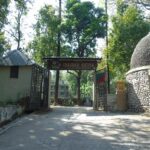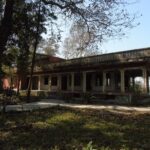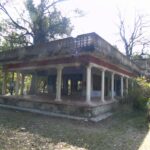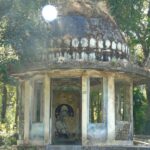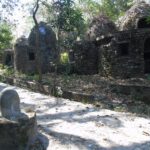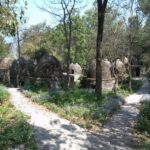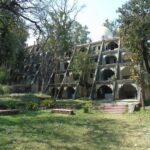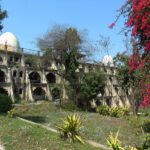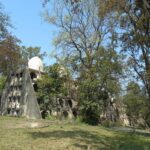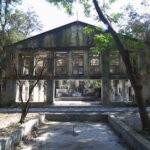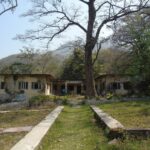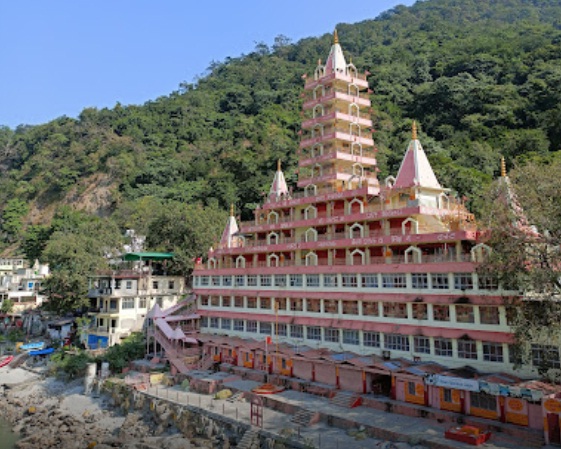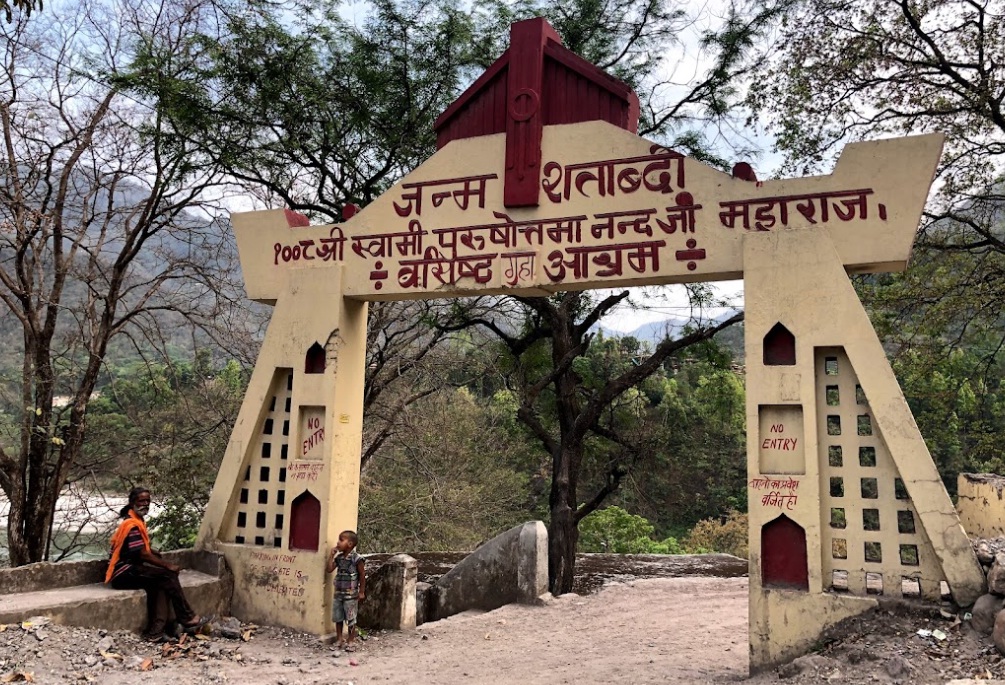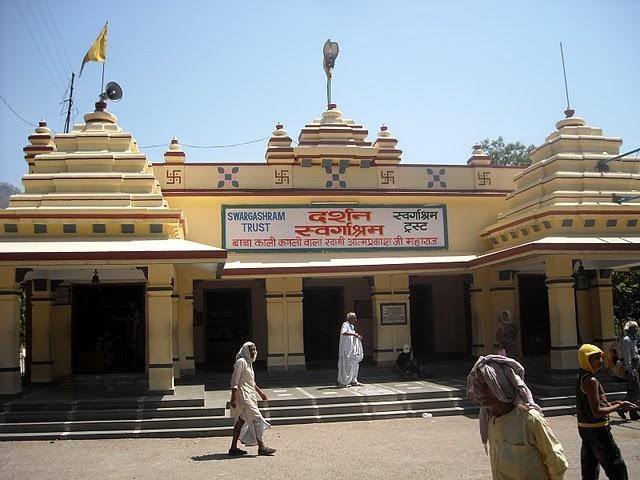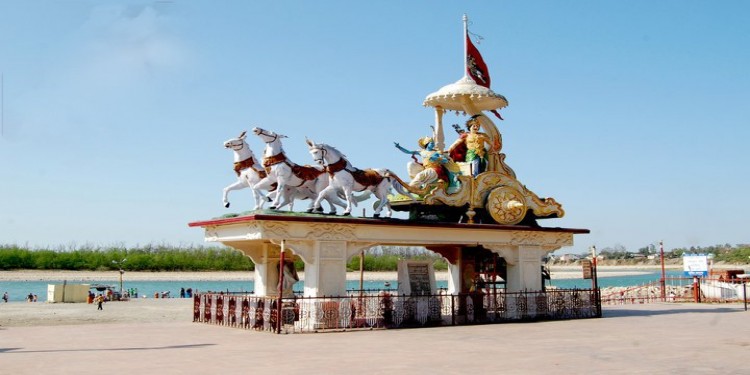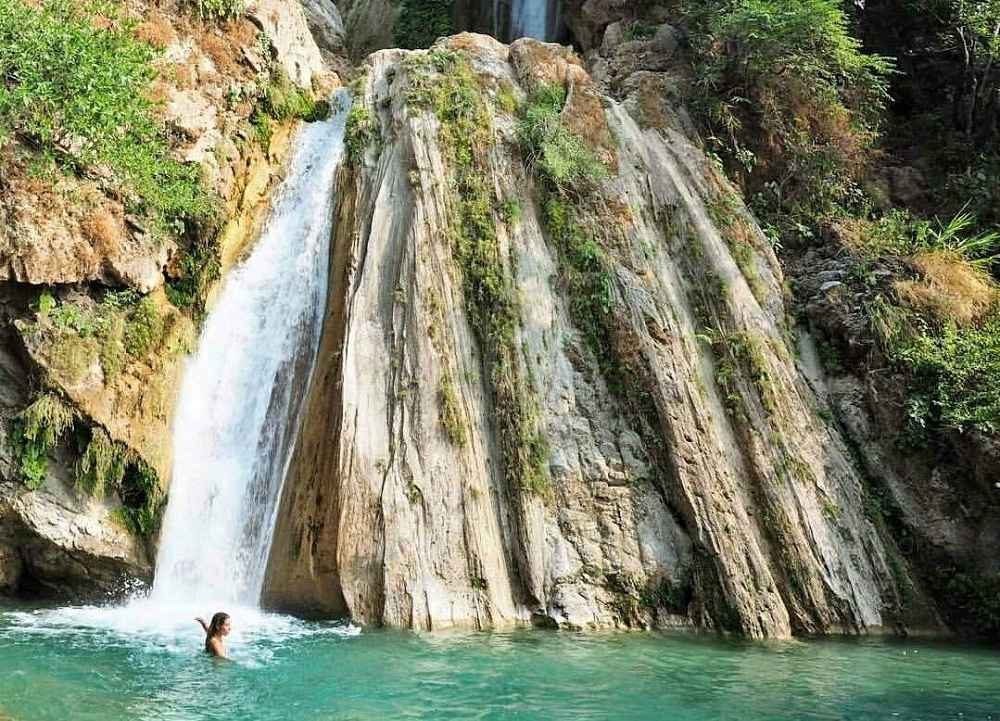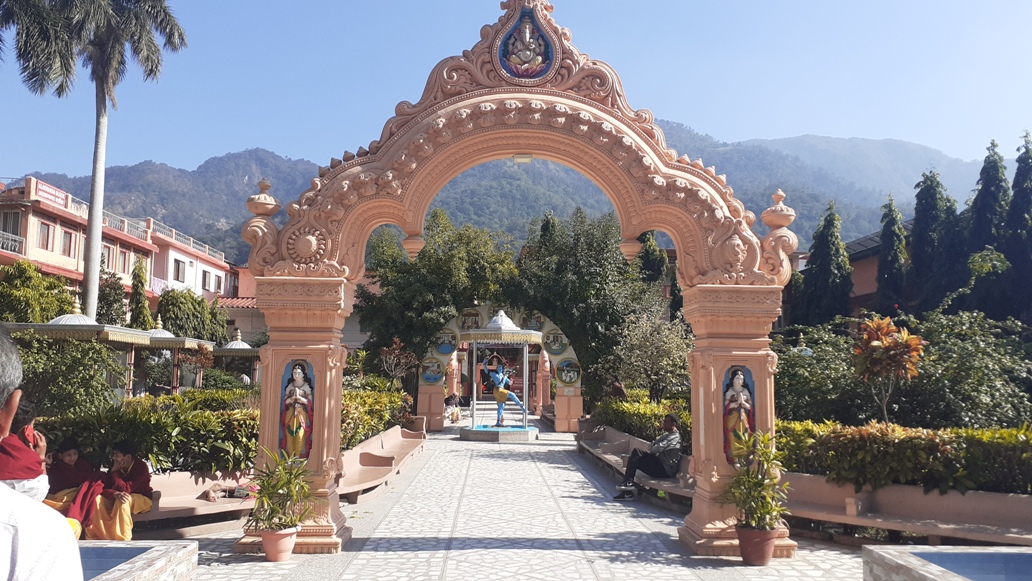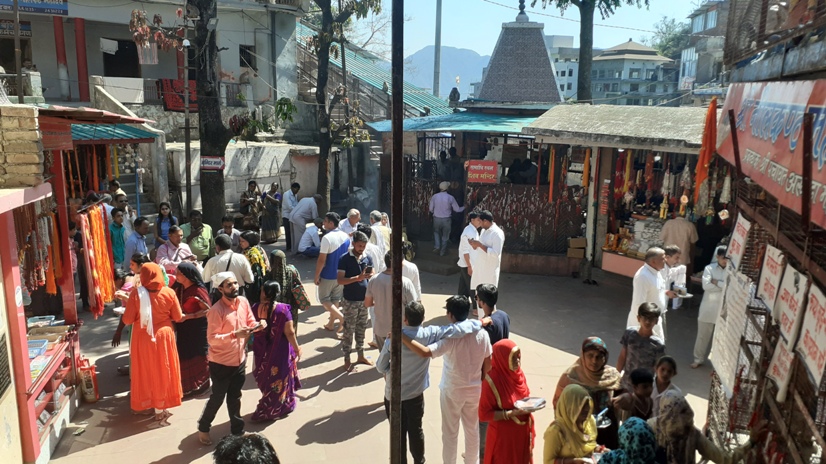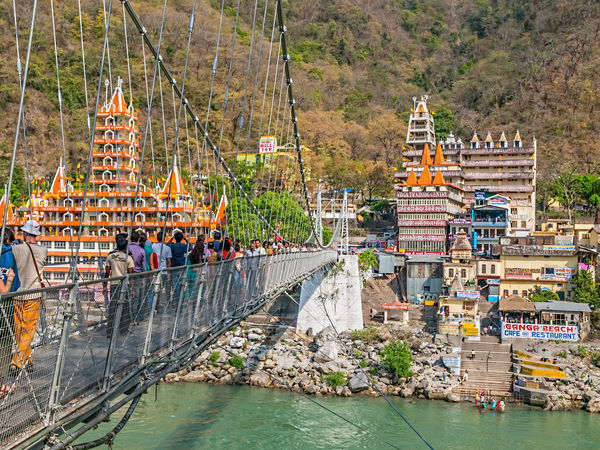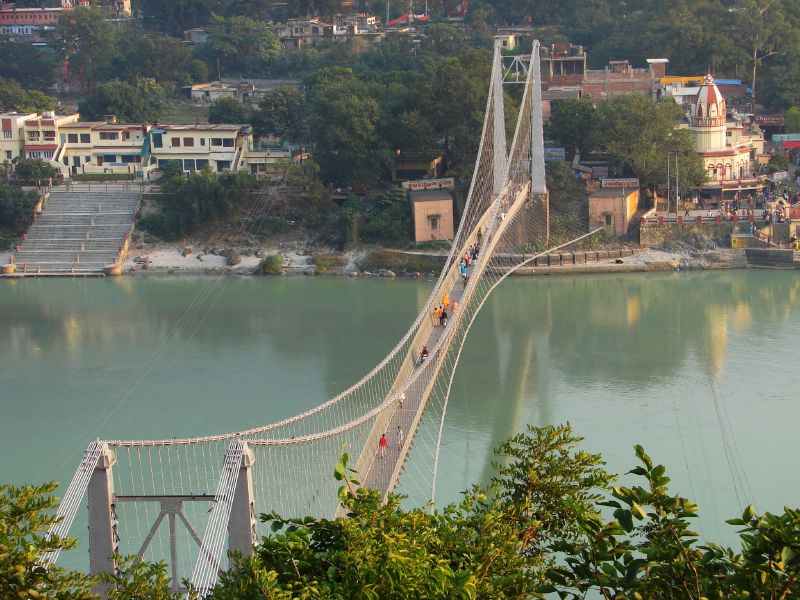Maharishi Mahesh Yogi Ashram Rishikesh
Now called Chaurasi Kutiya, Maharishi Mahesh Yogi Ashram in Rishikesh is also world famous as The Beatles Ashram. Popular because various international stars like The Beatles stayed here and practiced meditation under the guru. The place is like a really old abandoned ashram now with graffti around the walls by some great artists. A very charming place that will always be dear to the fans of The Beatles.
This ashram established by Maharishi Mahesh Yogi in 1961 used to be the center of yoga, meditation and education during its good days. This ashram, set in the picturesque environment of the forest, was also home to the The Beatles, who were once followers of Maharishi, they visited in February/April 1968 where they written & composed songs of album known as White Album.
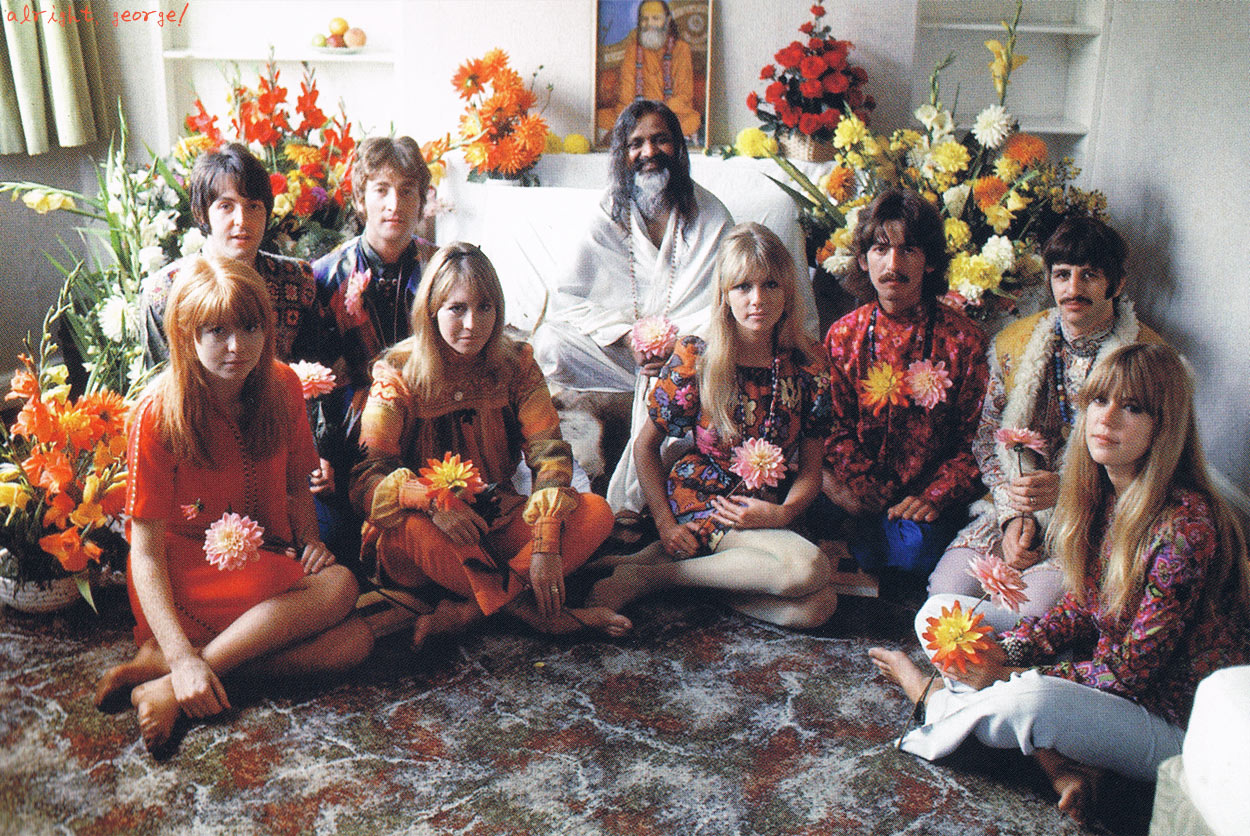
It started in 1967 – The Beatles met Maharishi Mahesh Yogi after his lecture on Transcendental Meditation in London. The Maharishi invited The Beatles to travel with him to Bangor, in North Wales, to attend more lectures. They accepted his invitation.
In February 1968, the English rock band the Beatles traveled to Rishikesh in northern India to take part in a Transcendental Meditation (TM) training course at the ashram of Maharishi Mahesh Yogi. The visit followed the group’s denunciation of drugs in favor of TM and received widespread media attention.
- Beatles Ashram Rishikesh
The band’s planned three-month stay at the ashram was cut short, however, following sexual misconduct allegations against the Maharishi.
They had decided to leave after Mardas convinced the others that Maharishi had attempted to gain sexual favors from female meditators at the camp. A couple of weeks before we were due to leave, Magic Alex accused the Maharishi of behaving improperly with a young American girl, who was a fellow student.
“We made a mistake there,” Lennon later said, as quoted in The Beatles Anthology.
You made a fool of everyone.” That was the opening line of a sarcastic song about Maharishi Mahesh Yogi, that John Lennon wrote in 1968, not long after the Beatles abruptly left the maharishi’s ashram in Rishikesh, India, and declared themselves no longer his spiritual disciples.
The Beatles’ denunciation of the Maharishi was detrimental to his reputation in the West, while their return from Rishikesh exposed differences that anticipated the group’s break-up in 1970. Harrison later apologized for the way that he and Lennon treated the Maharishi; like many of the students at the ashram, he said that allegations concerning the Maharishi’s inappropriate behavior were untrue.
Harrison gave a benefit concert in 1992 for the Maharishi-associated Natural Law Party. In 2009, McCartney and Starr performed at a benefit concert for the David Lynch Foundation, which raises funds for teaching TM to at-risk students. As a result of continued interest in the Beatles’ 1968 retreat, the abandoned ashram was opened to the public in 2015 and has since been renamed Beatles Ashram.
But still, the Beatles helped put Rishikesh on the map for Westerners, and popularized meditation and Eastern spirituality. The Maharishi even made the cover of Time magazine in 1975. His ashram initially thrived but then went into decline and was abandoned in 2001.
In 2015 it was opened to tourists with an entry fee. Many foreign tourists come to see this ashram due to its association with the The Beatles group. In the old times, according to the use of a meditation,yoga student or practitioner 84 circular hut or dome type construction with all the facilities were built, due to which it has a name Chaurasi (84) Kutiya.
Foreigners know it as the Beatles Ashram while its original name was Shankaracharya Nagar. This place is about 1.5 km downstream from Ram Jhula in the Swargashram area of Nagar Panchayat Jonk and 500 meters downstream from the newly built Janaki Setu. Entry ticket are available at entry gate through forest check post.
Coming to the place itself, it is basically a partially renovated complex of ruins. You will find many of the buildings broken up and overgrown with vegetation. You will be pleasantly surprised by the sheer amount of graffiti around many of the ruined buildings, created by visiting artists from around the world: in honor of the Beatles mainly.
If you climb up to the roof of one of the four-storeyed apartments to visit the four dome-shaped structures, you will be presented with a breathtaking vista of the surrounding mountains and vegetation, not mentioning the beautifully painted domes themselves. The place does leave you wondering the question, “Why was such a place even abandoned in the first place?”

